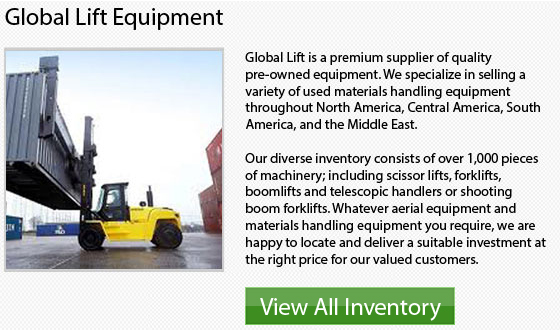
It is suggested to frequently inspect the front end of your lift truck as part of your pre-shift or daily examination, in order to help avoid costly lift truck repairs. By catching any problems in advance or as they happen, you can also help avoid damage to any kind of loads too. The following includes a few of the general guidelines on what particular stuff to check during frequent inspections of your material handling fleet.
Forks
It is vital to frequently inspect the forks because if they are cracked or worn out, they could potentially fail without warning. Any kind of fork damage means that your forklift must instantly be removed from service until it is repaired and safe once more. Visually check your forks for any noticeable indications of damage or wear. If the cracks run deeper than on the surface, replace them. Any wear on the forks beyond 10 percent is one more sign that you should replace the forks.
Mast
The mast must ideally tilt forward and backward while being able to move down and up. You may need to grease the mast strip sliding surfaces and fittings if you find that the sliding surfaces are binding. On the inner mast there is a fitting located on each side. The lift bracket side rollers are another lubrication point and there is also one on every side roller. When the lubricating has been completed, lower and raise the mast and also tilt it forward and backward several times in order to make certain that the lubricant is worked into the fittings correctly.
Tilt Cylinders
Your daily inspection needs to involve the checking for oil leaks and damage as an uncontrolled mast movement could be caused by oil leakage. Whether the leaks are situated inside of the cylinder or are external, the end result may be cylinder drift and loss of fluid. If there are any signs of damage or leaks, you may need to replace the whole cylinder assembly, or just the seals.
Chains
Inspect and make certain that the mast chains are not stretching beyond their acceptable limits. Also be sure to inspect the chains for indications of damage or wear using a chain wear gauge. If wear is present beyond 2 percent, replace the chain. Also replace it if the chain seems rusted or kinked. The chain rollers and the sheave bearings also have to be checked for indications of wear.
Typically, mast lift chains wear at the pin-to-link connections. If you notice wear, you could experience chain failure. This could end up damaging the product or front end parts. If you need help determining what precisely to check on your forklifts or if you do not have time on hand to carry out regular fleet inspections, just call your local lift truck dealer. Their skilled service technicians will help your perform planned maintenance or PM inspections according to your application requirements and scheduling.